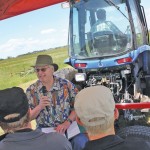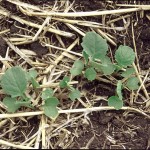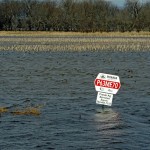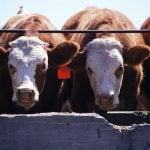
Tag Archives Soil

Get in line and move on — grazing an acre at a time
Switching to a high stock density system with 128 paddocks instead of 16

New project aims to put soil at scientific forefront
Soil health not a new topic, but it’s been taken for granted

Winter harvest underway; seeding about to start
Ken Gross of the winter wheat initiative provides tips on getting the most out of your winter wheat crop

VIDEO: Touring the ebbs and flows on the Manitoba Escarpment, Part One
Deerwood Soil and Water Management Association studying effects of soil erosion, flooding

Too early to alter nitrogen guidelines
Solid manure applications may actually release more nitrogen over time, not less
Conservation not a hippie delusion
Small-scale farmers can implement conservation agriculture and improve soil health in developing areas, often by using a mix of science and local knowledge

Leaf it to Lloyd
Local farmer composts several hundred tonnes of grass and leaves for use as fertilizer on his small hobby farm

Making broadcast seeding work for you
Incorporation is a prerequisite to getting crop insurance coverage, as well as crop establishment that is equal to or greater than the farmer’s coverage

Getting your nitrogen fix from manure a slow and steady process
New research says standard formulas overstate the amount of nitrogen released

Good yields still possible with crops seeded soon
MAFRD's tips to mitigate the impact of delayed seeding


